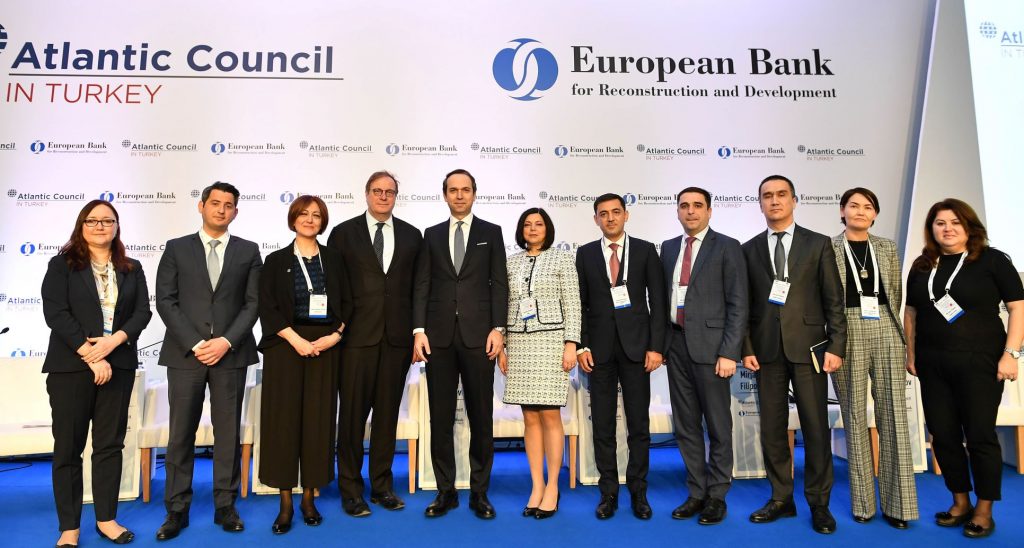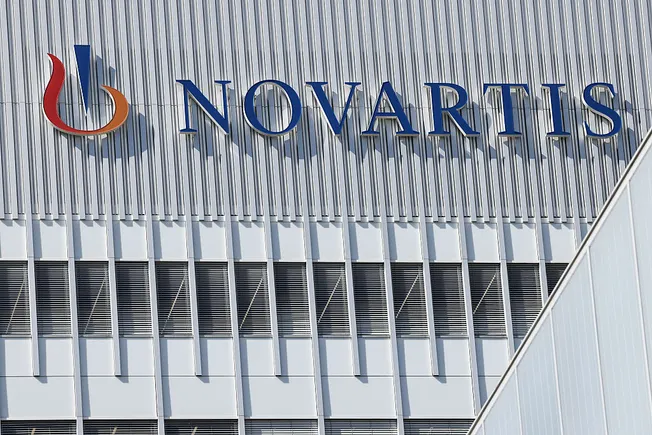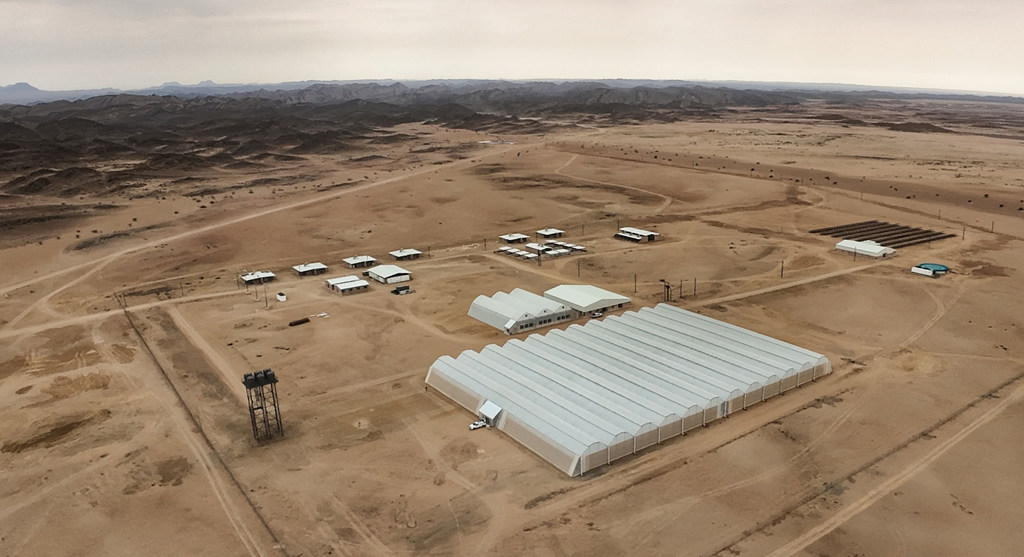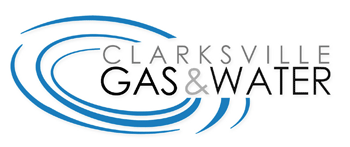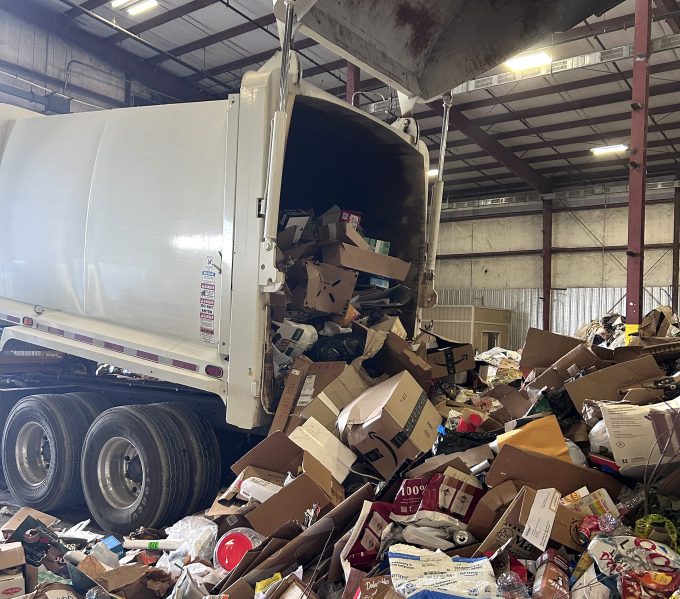Urgent Repairs Underway, Customers Must Not Use Tap Water Until Further Notice in Granada Hills and Porter Ranch Communities – LADWP News
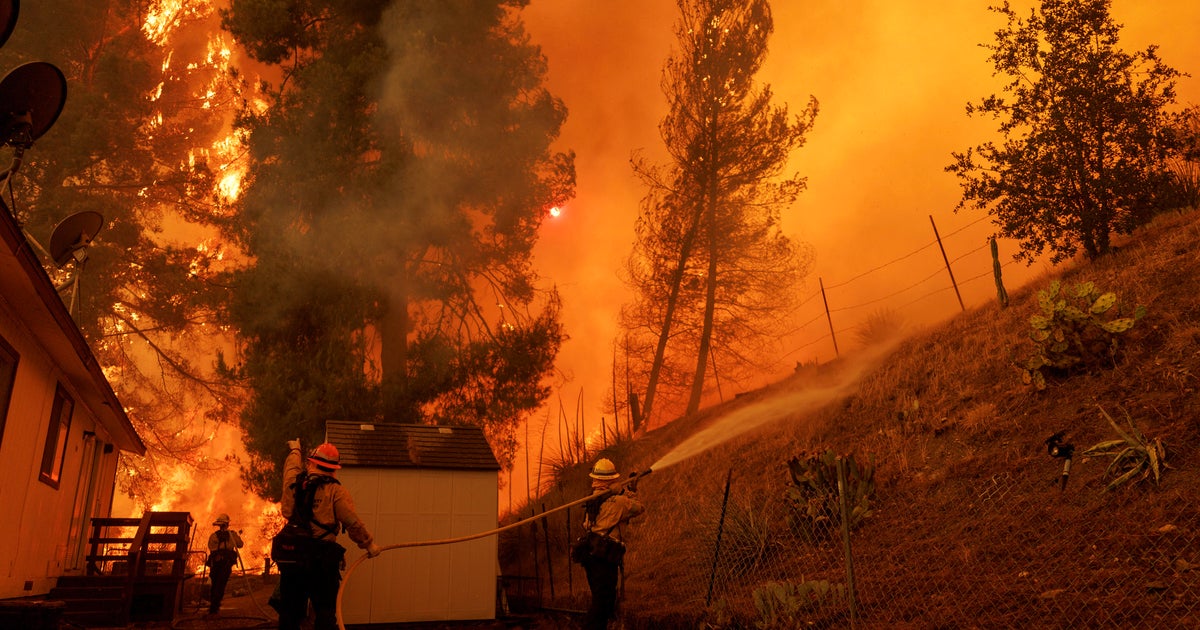
Report on the Granada Hills/Porter Ranch Water Service Disruption and Response
Incident Update: August 9, 2025
This report details the ongoing water service disruption in the Granada Hills and Porter Ranch communities. Repair efforts by the Los Angeles Department of Water and Power (LADWP) have reached a critical phase, necessitating a coordinated response from both the utility and residents to restore services in alignment with key Sustainable Development Goals (SDGs).
Operational Status and Infrastructure Resilience (SDG 9 & SDG 11)
Background of the Service Disruption
On August 5, 2025, a critical valve failure occurred at a pump station connected to a 10-million-gallon water tank. The valve, essential for controlling water flow into a 54-inch diameter pipe, broke during maintenance, cutting off the primary water supply to the area. This event underscores the importance of investing in resilient infrastructure (SDG 9) to ensure reliable community services (SDG 11).
Current Repair Phase
LADWP crews are engaged in round-the-clock operations to replace the broken valve. A temporary water source that was feeding the system has been shut down to facilitate these critical repairs. An unexpected blowout of a temporary pipe occurred at approximately 5:00 p.m. on August 9, but this event has not impeded the planned dewatering and repair timeline. The system currently has a very limited water supply, making resident cooperation essential for the next steps.
- Progress is contingent on minimal water usage by the community.
- Water conservation will allow crews to dewater the system, complete repairs, and begin the repressurization process.
- Successful repressurization is a prerequisite for comprehensive water quality testing.
Commitment to Clean Water, Health, and Community Well-being (SDG 3 & SDG 6)
Water Quality Assurance Protocol (SDG 6)
Restoring access to safe and clean water is the primary objective, directly addressing SDG 6 (Clean Water and Sanitation). A Boil Water Notice remains in effect for all affected households. LADWP is coordinating with the Division of Drinking Water to ensure all restoration activities meet strict regulatory standards.
- Once the system is repaired and repressurized, a comprehensive water quality sampling and testing process will commence.
- Water samples will be sent to a certified laboratory for analysis, with results expected to take approximately 18 hours.
- The Boil Water Notice will only be lifted after test results confirm the water meets all safety standards, ensuring public health and well-being (SDG 3).
Guidelines for Responsible Consumption (SDG 12)
To expedite the restoration of safe tap water, residents are instructed to adhere to the following conservation measures. This collective action supports the sustainable management of water resources (SDG 12).
- DO NOT USE TAP WATER: All indoor and outdoor taps must remain closed.
- POSTPONE WATER-INTENSIVE ACTIVITIES: Refrain from laundry, dishwashing, and other non-essential water uses.
- TURN OFF IRRIGATION: All sprinklers and automatic irrigation systems must be deactivated to prevent drawing water from the compromised system.
- TURN OFF POOL FILLERS: Automatic swimming pool filling systems must be shut down.
- Use provided bottled water for all drinking and cooking needs.
Community Support and Reduced Inequalities (SDG 10)
Equitable Resource Distribution
LADWP has established a robust support system to mitigate the impact on residents, with a focus on ensuring access for all, in line with SDG 10 (Reduced Inequalities). Special provisions are in place for vulnerable populations.
- Over 1 million bottles of water have been distributed to the community.
- More than 1,200 gallons of water have been delivered directly to home-bound customers, including seniors and individuals with disabilities.
- Mobile support services, including showers and laundry facilities, have been deployed.
- Recycled water is available for non-potable uses such as toilet flushing and outdoor watering to conserve potable resources.
Designated Community Support Centers
Assistance is available at five strategically located centers:
- Holleigh Bernson Memorial Park: 7 AM – 9 PM. Services: Water bottle distribution, recycled water, restrooms, showers, mobile laundry.
- O’Melveny Park: 7 AM – 9 PM. Services: Water bottle distribution, recycled water, restrooms.
- Intersection of Tampa Ave. and Sesnon Blvd.: 7 AM – 9 PM. Services: Water bottle distribution, recycled water.
- YMCA (11336 Corbin Street): 5 AM – 10 PM. Services: Showers, mobile laundry.
- Intersection of Rinaldi St. and Louise Ave.: 5 AM – 10 PM. Services: Showers, mobile laundry.
Vulnerable customers unable to visit these centers are urged to call 1-800-DIAL-DWP (1-800-342-5397) to request assistance. TTY services are available at 1-800-HEAR-DWP (1-800-432-7397).
Analysis of Sustainable Development Goals (SDGs) in the Article
1. Which SDGs are addressed or connected to the issues highlighted in the article?
- SDG 6: Clean Water and Sanitation
- SDG 9: Industry, Innovation, and Infrastructure
- SDG 10: Reduced Inequalities
- SDG 11: Sustainable Cities and Communities
2. What specific targets under those SDGs can be identified based on the article’s content?
SDG 6: Clean Water and Sanitation
- Target 6.1: By 2030, achieve universal and equitable access to safe and affordable drinking water for all.
The article directly addresses a disruption in access to safe drinking water for the communities of Granada Hills and Porter Ranch. The issuance of a “Boil Water Notice” indicates that the water supplied is not safe for consumption, and the entire incident revolves around efforts to “restore water service” and ensure “water quality restoration.” - Target 6.4: By 2030, substantially increase water-use efficiency across all sectors and ensure sustainable withdrawals and supply of freshwater to address water scarcity.
The article highlights the need for water-use efficiency during the crisis. LADWP explicitly asks residents to help by keeping “taps closed, sprinkler systems off, and pool filling systems shut down.” This is a direct call to reduce water consumption to manage the “very limited water supply in the system” and speed up restoration. - Target 6.b: Support and strengthen the participation of local communities in improving water and sanitation management.
The article emphasizes that the repair efforts have “reached a critical point that require the full cooperation of residents in the affected area.” By publishing updates and providing clear guidelines for residents, LADWP is actively engaging the local community in the management of the water crisis.
SDG 9: Industry, Innovation, and Infrastructure
- Target 9.1: Develop quality, reliable, sustainable and resilient infrastructure… to support economic development and human well-being, with a focus on affordable and equitable access for all.
The root cause of the water outage is an infrastructure failure: “a valve that controls the flow of water broke during repairs and failed to reopen,” and later, “the pipe blew out.” The article details the “ongoing repairs” and the round-the-clock work by crews to fix this critical water infrastructure, highlighting the importance of reliable and resilient systems for community well-being.
SDG 10: Reduced Inequalities
- Target 10.2: By 2030, empower and promote the social, economic and political inclusion of all, irrespective of age, sex, disability, race, ethnicity, origin, religion or economic or other status.
The response efforts described in the article show a clear focus on not leaving vulnerable populations behind. It states, “We continue to provide support to vulnerable customers, including seniors and customers with disabilities and functional needs, who are unable to visit the bottled water distribution centers.” A dedicated phone line is also provided for these groups to request assistance.
SDG 11: Sustainable Cities and Communities
- Target 11.1: By 2030, ensure access for all to adequate, safe and affordable housing and basic services…
The water outage is a failure to provide a basic service—water—to an urban population. The article details the deployment of “a range of support services, including bottled water distribution, recycled water for outdoor use and toilet flushing, and access to mobile showers and laundry facilities” to mitigate the disruption of this basic service. - Target 11.5: By 2030, significantly reduce the number of people affected… by disasters, including water-related disasters, with a focus on protecting the poor and people in vulnerable situations.
The water main break is a localized, water-related disaster affecting a specific community. The entire article is an account of the response to this disaster, aiming to reduce its impact on residents. The specific mention of support for “vulnerable customers” directly aligns with the focus of this target.
3. Are there any indicators mentioned or implied in the article that can be used to measure progress towards the identified targets?
Indicators for SDG 6 Targets
- For Target 6.1 (Safe Drinking Water): The article implies the use of an indicator like the “Proportion of population using safely managed drinking water services.” The “Boil Water Notice” serves as a direct measure indicating the water is unsafe. Progress is measured by the actions taken to “lift the Boil Water Notice,” which involves “water quality sampling and testing” and waiting for lab results.
- For Target 6.4 (Water-Use Efficiency): The article implies indicators related to water conservation. The request for residents to “TURN OFF all sprinklers and smart irrigation systems” and “TURN OFF swimming pool automatic fill systems” are actions that can be monitored to measure changes in water demand and efficiency.
- For Target 6.b (Community Participation): An indicator is the existence of operational procedures for community engagement. The article itself, as “Update #10,” and the establishment of a public newsroom (“www.ladwpnews.com”) are evidence of an established process for informing and involving the local community.
Indicators for SDG 9 Target
- For Target 9.1 (Resilient Infrastructure): The article implies an indicator related to infrastructure reliability, such as the “duration of service outage” or the “number of people affected by infrastructure failure.” The description of the “broken valve” and the “pipe blew out” are qualitative indicators of a lack of infrastructure resilience. The progress is the “around the clock” repair work to restore service.
Indicators for SDG 10 Target
- For Target 10.2 (Reduced Inequalities): The article provides a quantitative indicator of support for vulnerable groups: “more than 1,200 gallons of water delivered to vulnerable home-bound customers.” This specific data point measures the extent to which the needs of these groups are being met. The provision of TTY services (“1-800-HEAR-DWP”) is another indicator of inclusive service.
Indicators for SDG 11 Targets
- For Target 11.1 (Access to Basic Services): The number of households within the affected area (bounded by “Rinaldi Avenue to the south, Balboa Blvd to the east, De Soto Ave to the west and the foothills & hills to the north”) serves as an indicator of the population deprived of a basic service. The provision of “five locations” for assistance, including mobile showers and laundry, measures the scale of the alternative services provided.
- For Target 11.5 (Disaster Impact Reduction): The article provides a direct indicator of the response effort: “more than one million bottles of water” have been distributed. This quantifies the material support provided to the affected population, which is a key component in measuring disaster response and impact mitigation.
4. Summary Table of SDGs, Targets, and Indicators
| SDGs | Targets | Indicators Identified in the Article |
|---|---|---|
| SDG 6: Clean Water and Sanitation | 6.1: Achieve universal and equitable access to safe and affordable drinking water for all.
6.4: Increase water-use efficiency and ensure sustainable withdrawals. 6.b: Support and strengthen the participation of local communities in water and sanitation management. |
– Issuance and status of the “Boil Water Notice.” – Process of “water quality sampling and testing.” – Calls for residents to turn off taps, sprinklers, and pool fillers. – Public updates (e.g., “Update #10”) and requests for “full cooperation of residents.” |
| SDG 9: Industry, Innovation, and Infrastructure | 9.1: Develop quality, reliable, sustainable and resilient infrastructure. | – Reports of infrastructure failure (“broken valve,” “pipe blew out”). – Duration of the water service outage. – Number of people/households affected by the infrastructure failure. |
| SDG 10: Reduced Inequalities | 10.2: Empower and promote the social inclusion of all, irrespective of age, disability, etc. | – “1,200 gallons of water delivered to vulnerable home-bound customers.” – Provision of dedicated phone lines and TTY services for customers with disabilities and functional needs. |
| SDG 11: Sustainable Cities and Communities | 11.1: Ensure access for all to adequate, safe and affordable basic services.
11.5: Reduce the number of people affected by disasters, including water-related disasters. |
– Number of households within the service outage boundaries. – Provision of alternative basic services (mobile showers, laundry units). – “more than one million bottles of water” distributed to the affected population. |
Source: ladwpnews.com

What is Your Reaction?
 Like
0
Like
0
 Dislike
0
Dislike
0
 Love
0
Love
0
 Funny
0
Funny
0
 Angry
0
Angry
0
 Sad
0
Sad
0
 Wow
0
Wow
0



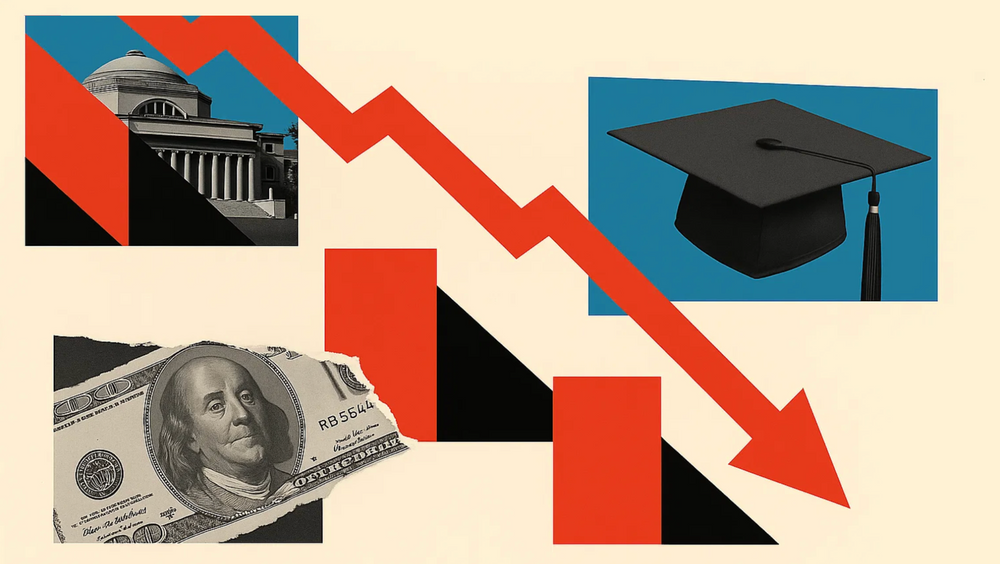






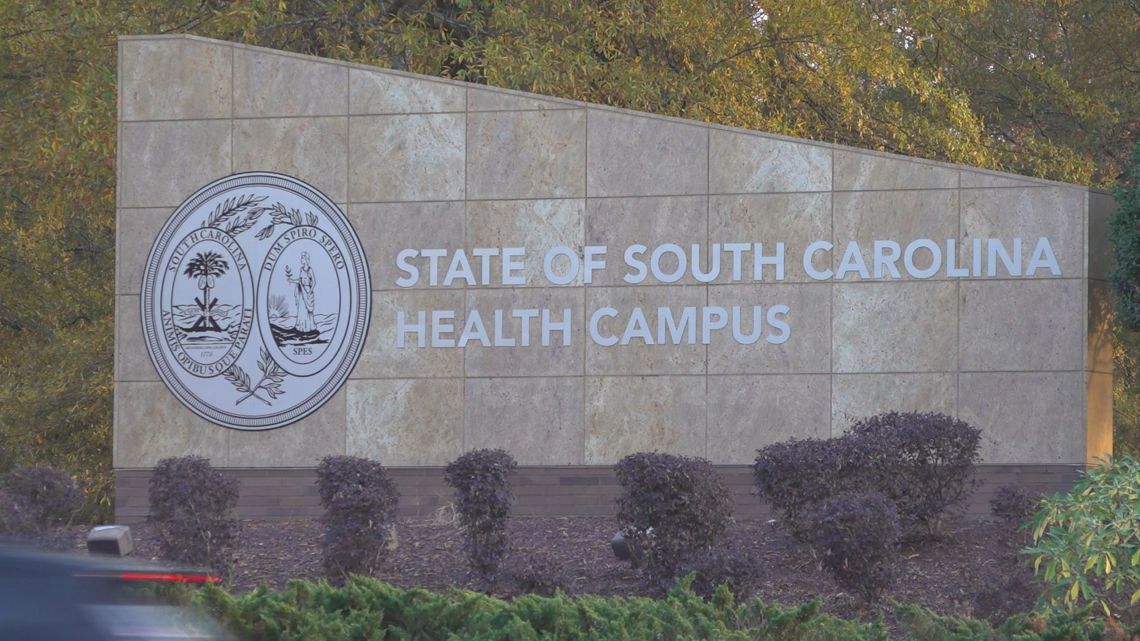




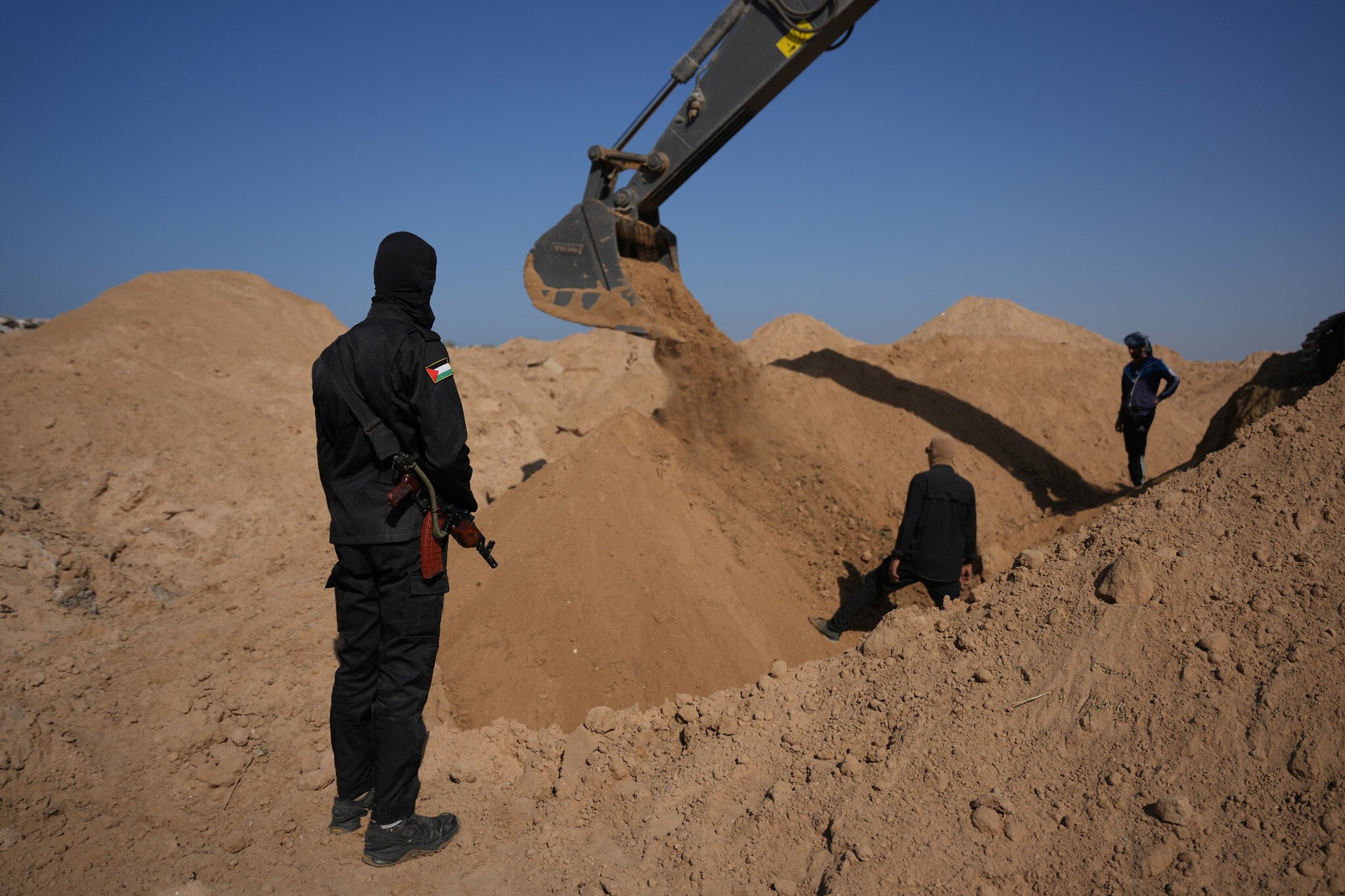
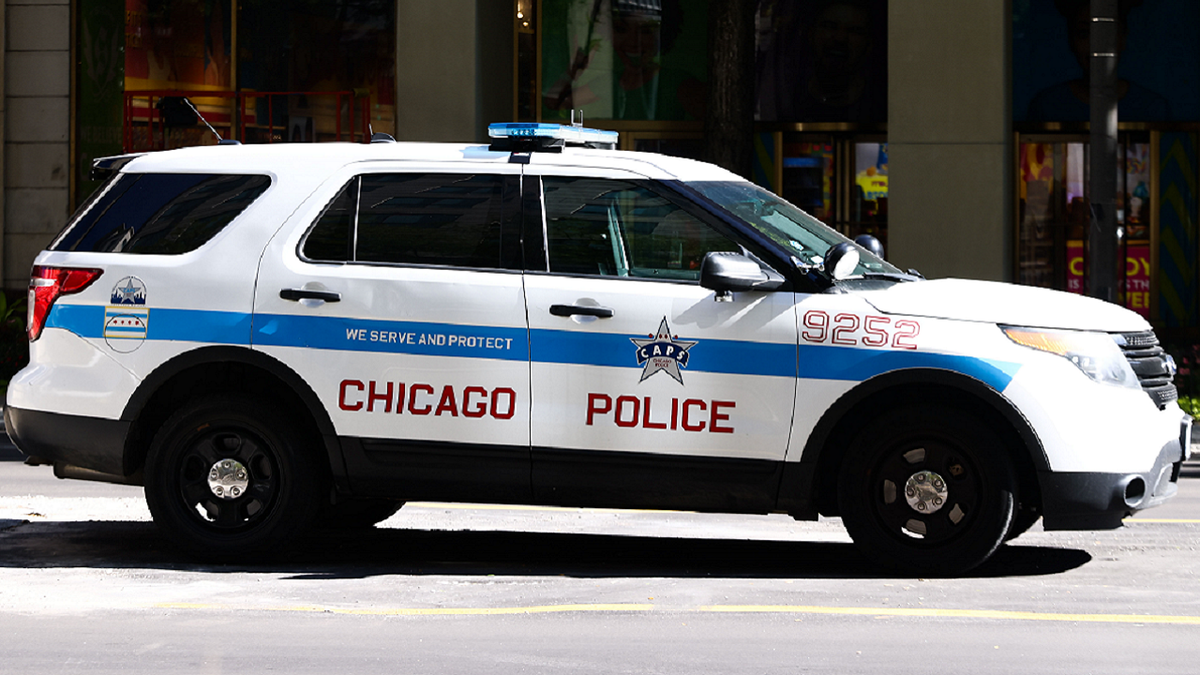
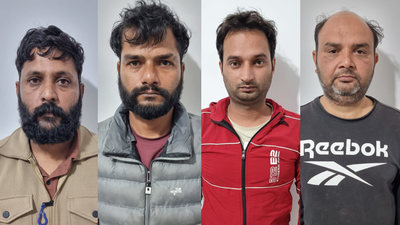













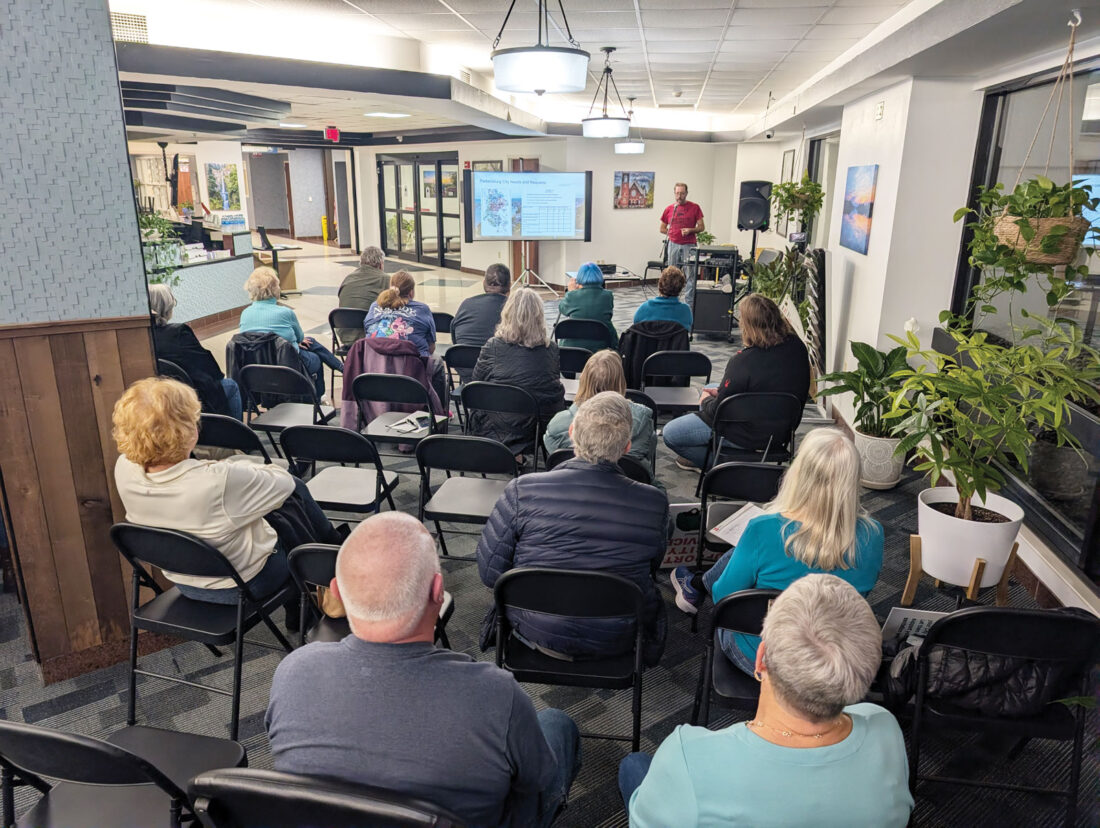
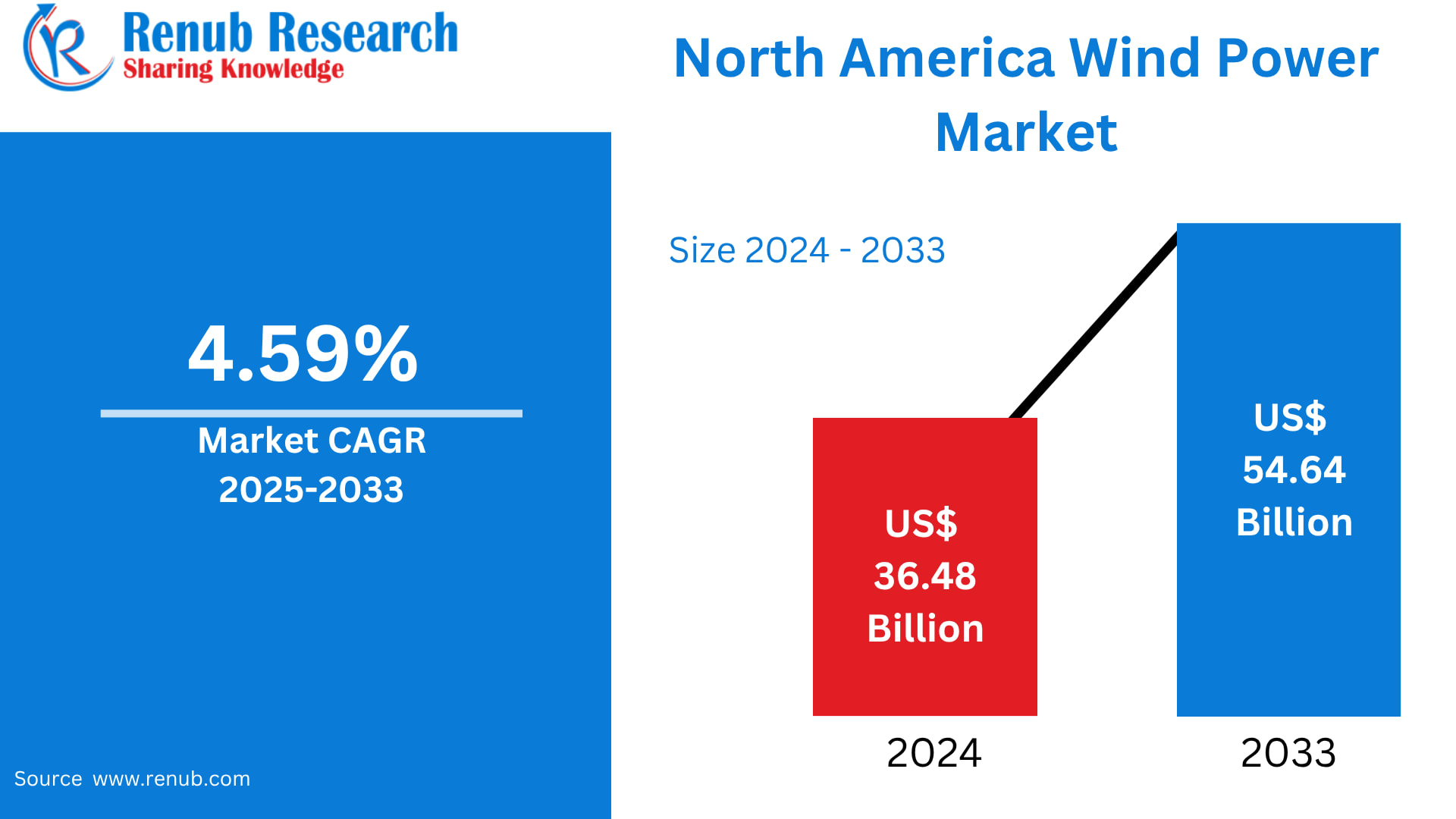
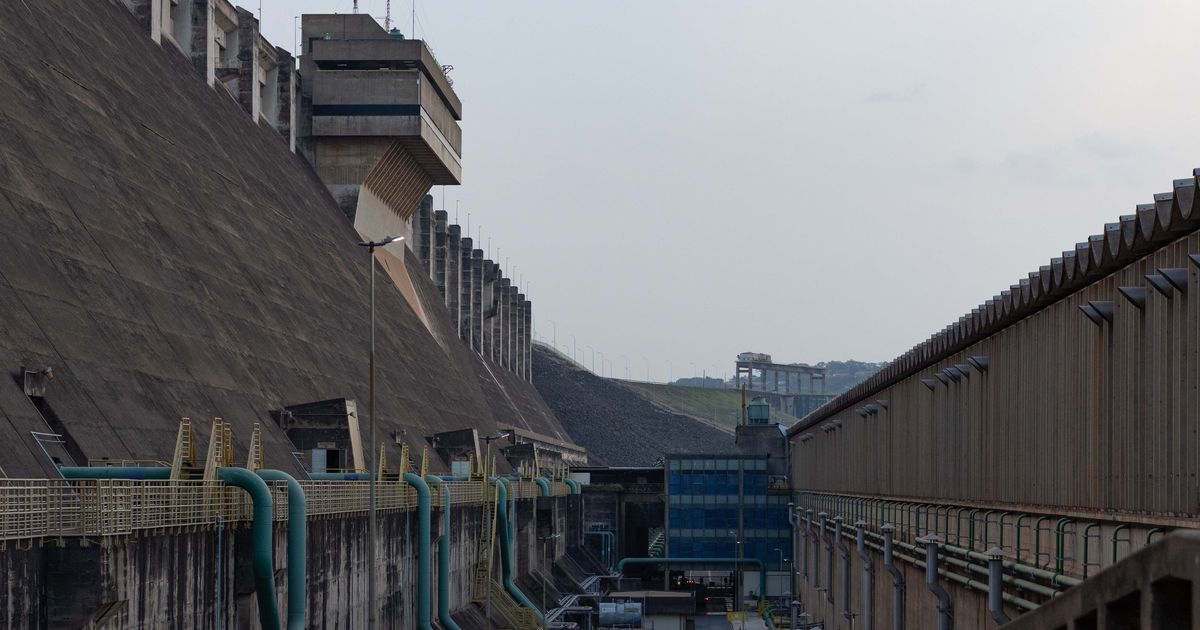





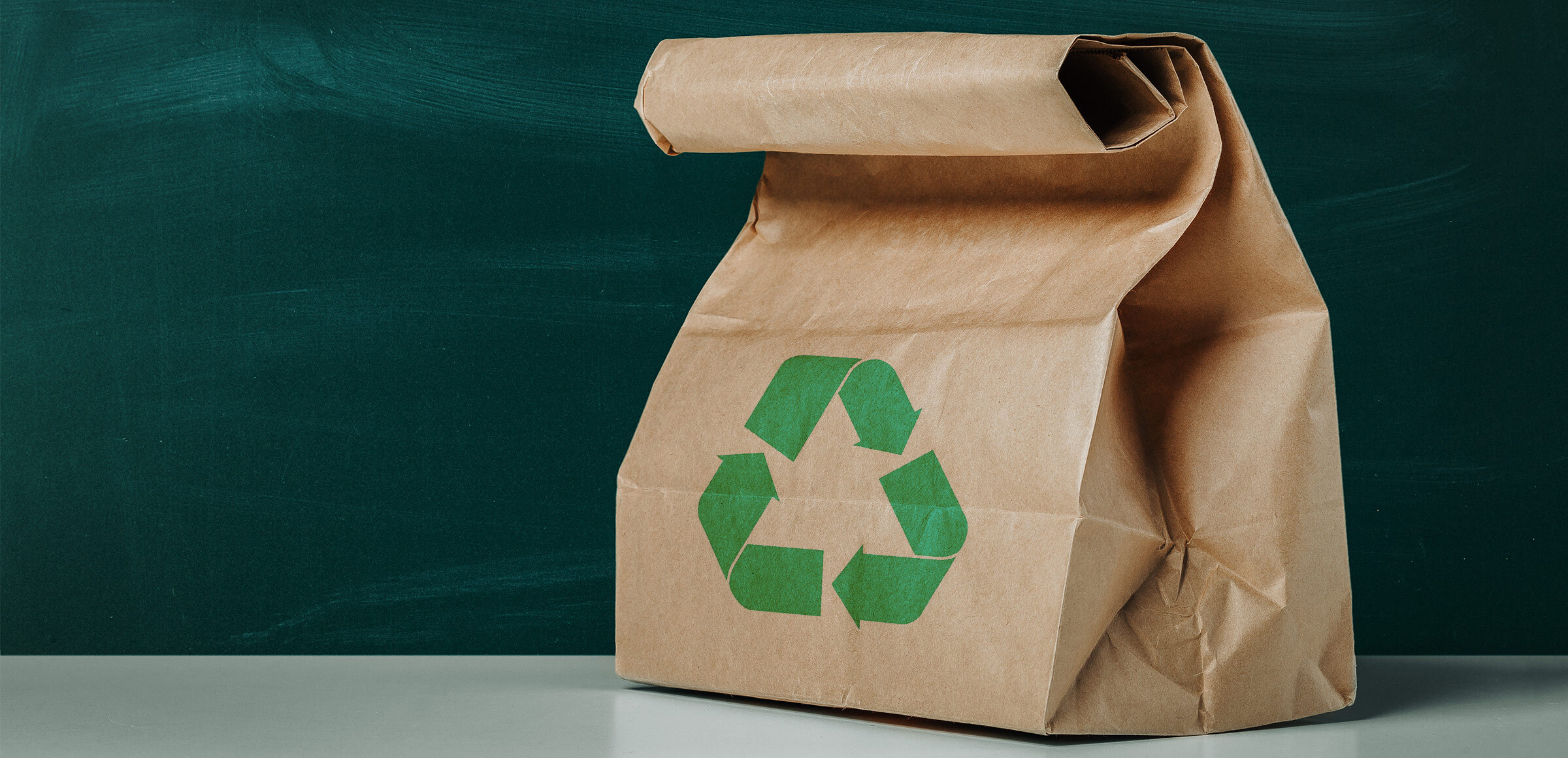





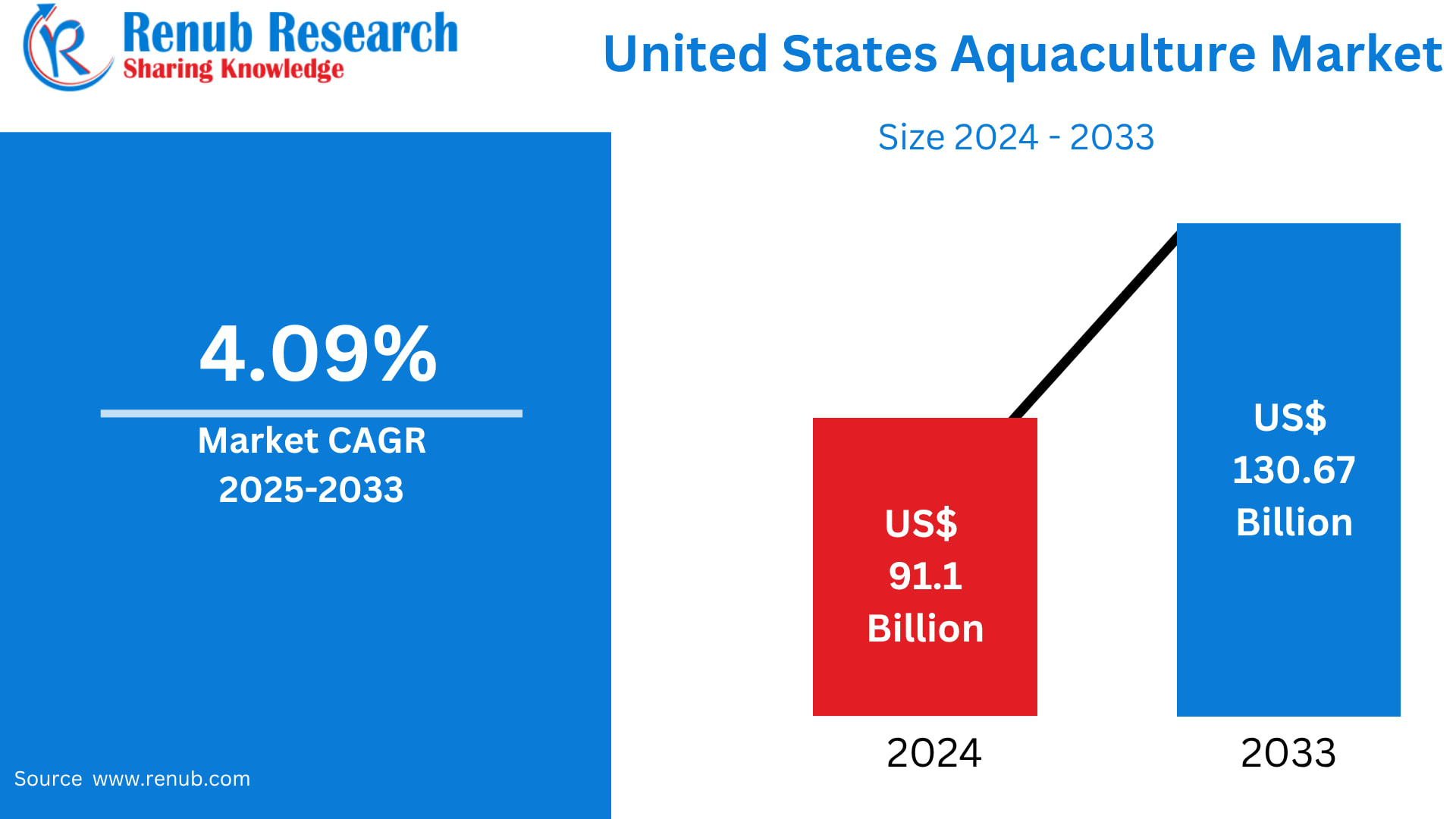







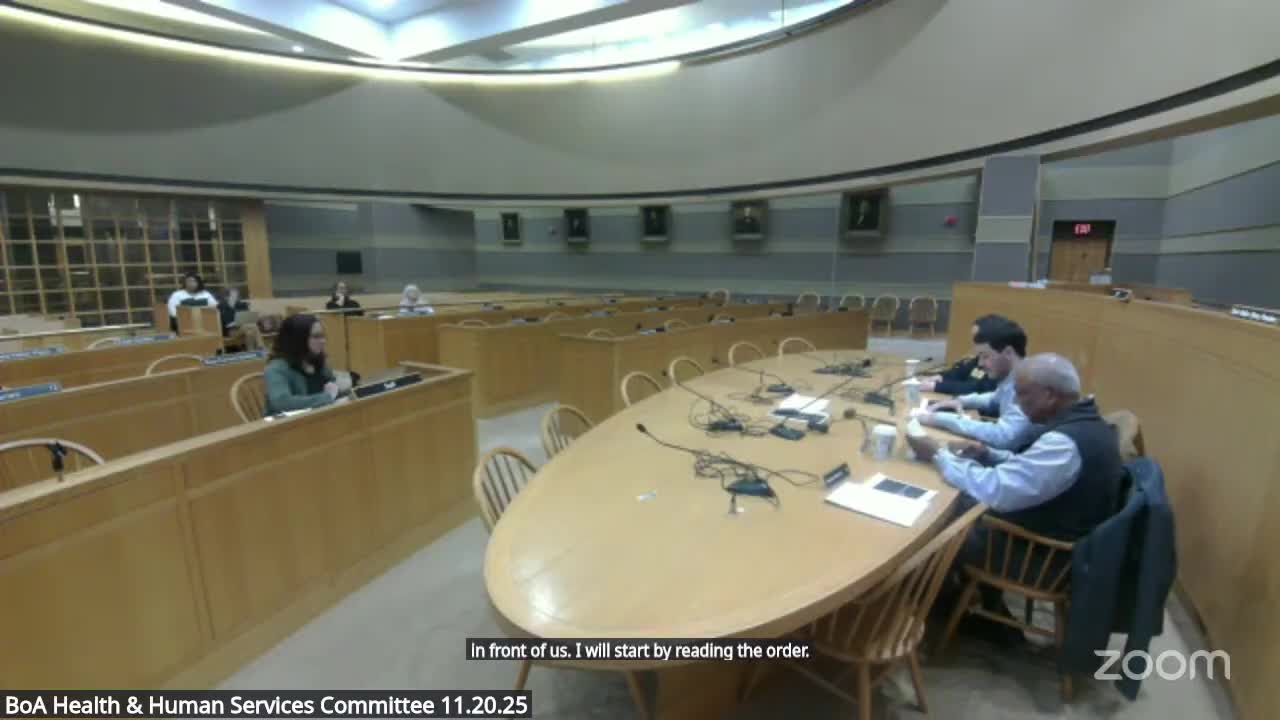



.jpg?format=1500w#)






